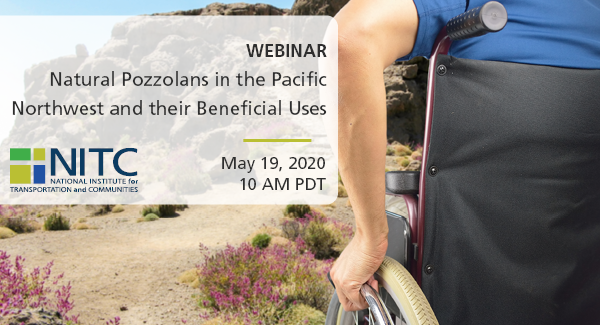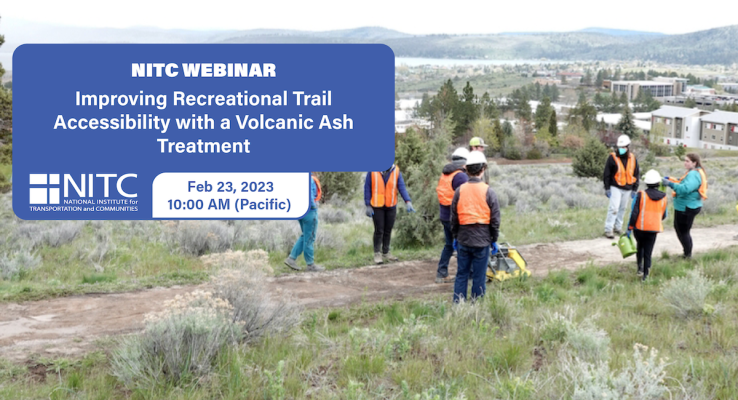PRESENTATION ARCHIVE
OVERVIEW
The eruption of Mt. Mazama approximately 7,700 years ago created what is now known as Crater Lake. This eruption blanketed the Pacific Northwest with volcanic ash. This volcanic ash has been collected from several locations in Southern Oregon near the Oregon Institute of Technology campus. This volcanic ash has been tested and shown to have properties beneficial of a natural pozzolan. This seminar will present the results of a significant laboratory program to determine the natural pozzolanic capabilities of Mt. Mazama volcanic ash. In addition, information will be presented on a field application using the material to create ADA accessible trail surfaces.
KEY LEARNING OUTCOMES
- Attendees will learn the location and natural pozzolanic properties of Mt. Mazama volcanic ash.
- Attendees will learn trail surface requirements for ADA accessibility.
- Attendees will be given information on how to use Mt. Mazama volcanic ash for trail stabilization.
THE RESEARCH
This webinar is based on a study funded by the National Institute for Transportation and...
Read more

